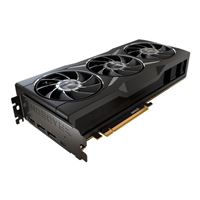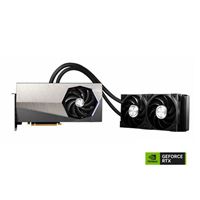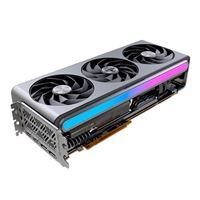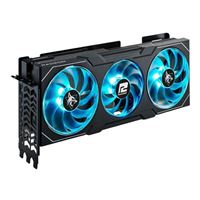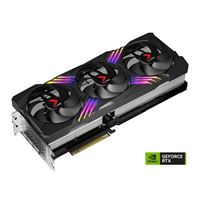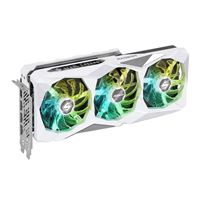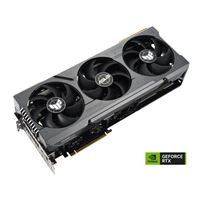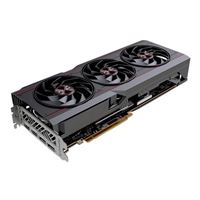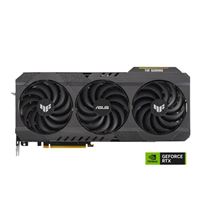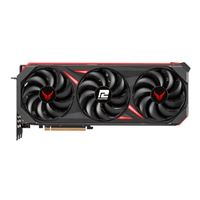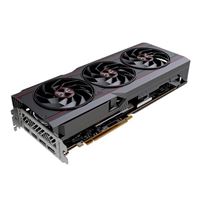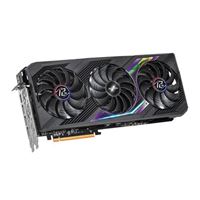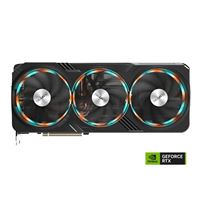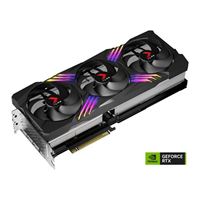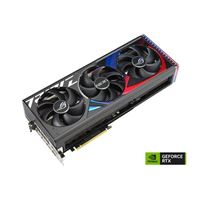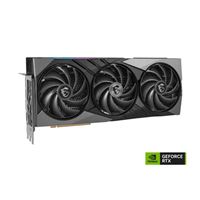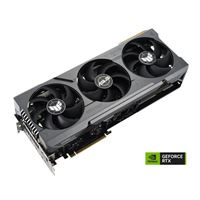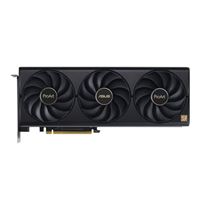Breadcrumbs
- Selected Refinements:
- Graphics Cards & Accessoriesx
- Graphics Cardsx
- Yesx
- 800 to 899 Wattsx
Special Offers / Advertisements
Compare up to 4 items
New list of matching products
X
Sorry, you may compare a maximum of 4 items at a time.
Please clear one or more of your compare items before adding another-
Available for In-Store Pickup Only.Our price $549.99
Original price $809.99Save $260.00 -
SKU: 505974
BUY IN STOREOur price $1,939.99 -
Available for In-Store Pickup Only.Our price $1,059.99
-
BUY IN STOREOur price $1,939.99
-
SKU: 529214
Available for In-Store Pickup Only.Our price $949.99 -
SKU: 516427
BUY IN STOREOur price $1,819.99 -
SKU: 609651
Available for In-Store Pickup Only.Our price $519.99 -
SKU: 659532
Available for In-Store Pickup Only.Our price $1,099.99 -
SKU: 533760
Available for In-Store Pickup Only.Our price $1,069.99 -
SKU: 593442
BUY IN STOREOur price $1,819.99 -
SKU: 609735
Available for In-Store Pickup Only.Our price $569.99 -
SKU: 533778
Available for In-Store Pickup Only.Our price $709.99 -
SKU: 610014
Available for In-Store Pickup Only.Our price $529.99 -
SKU: 540765
Available for In-Store Pickup Only.Our price $1,099.99 -
SKU: 210880
Available for In-Store Pickup Only.Our price $586.99 -
SKU: 529917
Available for In-Store Pickup Only.Our price $999.99Original price $1,029.99Save $30.00 -
BUY IN STOREOur price $1,939.99
-
BUY IN STOREOur price $1,999.99
-
SKU: 661876
Available for In-Store Pickup Only.Our price $1,099.99 -
SKU: 525220
BUY IN STOREOur price $1,829.99Original price $1,879.99Save $50.00 -
SKU: 659524
Available for In-Store Pickup Only.Our price $1,249.99 -
SKU: 616284
BUY IN STOREOur price $1,939.99 -
SKU: 658203
Available for In-Store Pickup Only.Our price $999.99 -
SKU: 666446
Available for In-Store Pickup Only.Our price $1,149.99
Special Offers / Advertisements
{
'name': 'Radeon RX 6950 XT Triple Fan 16GB GDDR6 PCIe 4.0 Graphics Card',
'id': '663223',
'price': '549.99',
'brand': 'AMD',
'category': 'Graphics Cards|518',
'list': 'Search Results',
'position': 1
},{
'name': 'GeForce RTX 4090 SUPRIM LIQUID X 24G Hybrid Cooling 24GB GDDR6X PCIe 4.0 Graphics Card',
'id': '659534',
'price': '1,939.99',
'brand': 'MSI',
'category': 'Graphics Cards|518',
'list': 'Search Results',
'position': 2
},{
'name': 'AMD Radeon RX 7900 XTX Nitro Plus Vapor-X Overclocked Triple Fan 24GB GDDR6 PCIe 4.0 Graphics Card',
'id': '662381',
'price': '1,059.99',
'brand': 'Sapphire Technology',
'category': 'Graphics Cards|518',
'list': 'Search Results',
'position': 3
},{
'name': 'NVIDIA GeForce RTX 4090 Gaming X Trio Triple Fan 24GB GDDR6X PCIe 4.0 Graphics Card',
'id': '659528',
'price': '1,939.99',
'brand': 'MSI',
'category': 'Graphics Cards|518',
'list': 'Search Results',
'position': 4
},{
'name': 'AMD Radeon RX 7900 XTX Hellhound Overclocked Triple Fan 24GB GDDR6 PCIe 4.0 Graphics Card',
'id': '661859',
'price': '949.99',
'brand': 'PowerColor',
'category': 'Graphics Cards|518',
'list': 'Search Results',
'position': 5
},{
'name': 'NVIDIA GeForce RTX 4090 XLR8 Gaming Verto Epic-X RGB Triple Fan 24GB GDDR6X PCIe 4.0 Graphics Card',
'id': '659513',
'price': '1,819.99',
'brand': 'PNY',
'category': 'Graphics Cards|518',
'list': 'Search Results',
'position': 6
},{
'name': 'AMD Radeon RX 7800 XT Steel Legend Overclocked Triple Fan 16GB GDDR6 PCIe 4.0 Graphics Card',
'id': '670430',
'price': '519.99',
'brand': 'ASRock',
'category': 'Graphics Cards|518',
'list': 'Search Results',
'position': 7
},{
'name': 'NVIDIA GeForce RTX 4080 Super TUF Gaming Overclocked Triple Fan 16GB GDDR6X PCIe 4.0 Graphics Card',
'id': '676132',
'price': '1,099.99',
'brand': 'ASUS',
'category': 'Graphics Cards|518',
'list': 'Search Results',
'position': 8
},{
'name': 'AMD Radeon RX 7900 XTX Pulse Overclocked Triple Fan 24GB GDDR6 PCIe 4.0 Graphics Card',
'id': '662382',
'price': '1,069.99',
'brand': 'Sapphire Technology',
'category': 'Graphics Cards|518',
'list': 'Search Results',
'position': 9
},{
'name': 'NVIDIA GeForce RTX 4090 TUF Gaming Overclocked Triple Fan 24GB GDDR6X PCIe 4.0 Graphics Card',
'id': '668521',
'price': '1,819.99',
'brand': 'ASUS',
'category': 'Graphics Cards|518',
'list': 'Search Results',
'position': 10
},{
'name': 'AMD Radeon RX 7800 XT Red Devil Overclocked Triple Fan 16GB GDDR6 PCIe 4.0 Graphics Card',
'id': '670316',
'price': '569.99',
'brand': 'PowerColor',
'category': 'Graphics Cards|518',
'list': 'Search Results',
'position': 11
},{
'name': 'AMD Radeon RX 7900 XT Pulse Overclocked Triple Fan 20GB GDDR6 PCIe 4.0 Graphics Card',
'id': '662386',
'price': '709.99',
'brand': 'Sapphire Technology',
'category': 'Graphics Cards|518',
'list': 'Search Results',
'position': 12
},{
'name': 'AMD Radeon RX 7800 XT Phantom Gaming Overclocked Triple Fan 16GB GDDR6 PCIe 4.0 Graphics Card',
'id': '670431',
'price': '529.99',
'brand': 'ASRock',
'category': 'Graphics Cards|518',
'list': 'Search Results',
'position': 13
},{
'name': 'AMD Radeon RX 7900 XTX TUF Gaming Overclocked Triple Fan 24GB GDDR6 PCIe 4.0 Graphics Card',
'id': '663104',
'price': '1,099.99',
'brand': 'ASUS',
'category': 'Graphics Cards|518',
'list': 'Search Results',
'position': 14
},{
'name': 'AMD Radeon RX 6800 XT Phantom Gaming Overclocked Triple Fan 16GB GDDR6 PCIe 4.0 Graphics Card',
'id': '631770',
'price': '586.99',
'brand': 'ASRock',
'category': 'Graphics Cards|518',
'list': 'Search Results',
'position': 15
},{
'name': 'AMD Radeon RX 7900 XTX Gaming Overclocked Triple Fan 24GB GDDR6 PCIe 4.0 Graphics Card',
'id': '662010',
'price': '999.99',
'brand': 'Gigabyte',
'category': 'Graphics Cards|518',
'list': 'Search Results',
'position': 16
},{
'name': 'NVIDIA GeForce RTX 4090 Gaming Trio Triple Fan 24GB GDDR6X PCIe 4.0 Graphics Card',
'id': '659527',
'price': '1,939.99',
'brand': 'MSI',
'category': 'Graphics Cards|518',
'list': 'Search Results',
'position': 17
},{
'name': 'NVIDIA GeForce RTX 4090 Xtreme Waterforce Overclocked Liquid Cooled 24GB GDDR6X PCIe 4.0 Graphics Card',
'id': '663237',
'price': '1,999.99',
'brand': 'Gigabyte',
'category': 'Graphics Cards|518',
'list': 'Search Results',
'position': 18
},{
'name': 'NVIDIA GeForce RTX 4080 Super Gaming Overclocked Triple Fan 16GB GDDR6X PCIe 4.0 Graphics Card',
'id': '676362',
'price': '1,099.99',
'brand': 'Gigabyte',
'category': 'Graphics Cards|518',
'list': 'Search Results',
'position': 19
},{
'name': 'NVIDIA GeForce RTX 4090 Verto Epic-X RGB Overclocked Triple Fan 24GB GDDR6X PCIe 4.0 Graphics Card',
'id': '661073',
'price': '1,829.99',
'brand': 'PNY',
'category': 'Graphics Cards|518',
'list': 'Search Results',
'position': 20
},{
'name': 'NVIDIA GeForce RTX 4080 Super ROG Strix Overclocked Triple Fan 16GB GDDR6X PCIe 4.0 Graphics Card',
'id': '676131',
'price': '1,249.99',
'brand': 'ASUS',
'category': 'Graphics Cards|518',
'list': 'Search Results',
'position': 21
},{
'name': 'NVIDIA GeForce RTX 4090 Gaming X Slim Overclocked Triple Fan 24GB GDDR6X PCIe 4.0 Graphics Card',
'id': '671031',
'price': '1,939.99',
'brand': 'MSI',
'category': 'Graphics Cards|518',
'list': 'Search Results',
'position': 22
},{
'name': 'NVIDIA GeForce RTX 4080 Super TUF Gaming Triple Fan 16GB GDDR6X PCIe 4.0 Graphics Card',
'id': '675974',
'price': '999.99',
'brand': 'ASUS',
'category': 'Graphics Cards|518',
'list': 'Search Results',
'position': 23
},{
'name': 'NVIDIA GeForce RTX 4080 Super ProArt Overclocked Triple Fan 16GB GDDR6X PCIe 4.0 Graphics Card',
'id': '676921',
'price': '1,149.99',
'brand': 'ASUS',
'category': 'Graphics Cards|518',
'list': 'Search Results',
'position': 24
}

